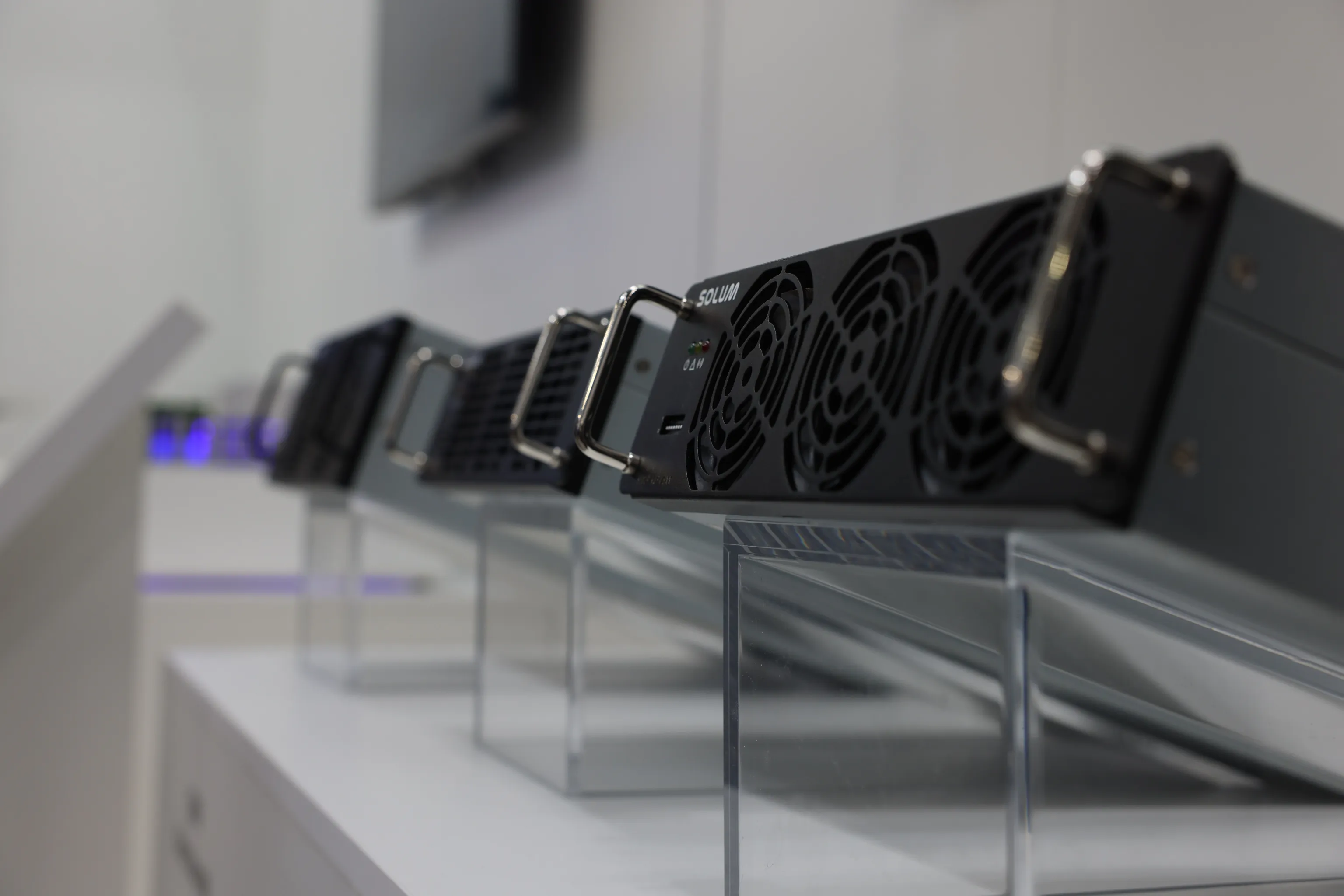Why Asset Tracking is Important in Retail
Retail is a complex industry. Managing and handling a retail store, for example, already involves a lot of responsibilities. Retail businesses make use of various equipment and valuables within their stores. They also play a great part in the supply chain and logistics, manufacturing and packaging, commerce, customer service, and more. Because of this, it shouldn’t be a surprise that retail businesses handle a lot of assets regularly. This is all the more reason that retail asset tracking is imperative.
What do you mean by asset tracking?
Asset tracking simply refers to the process of tracking physical assets within a business. This includes assets such as office equipment, large industrial equipment, computers and other technological devices, shopping carts, products, vehicles, and more. Any physical material that is crucial to the business and its daily operations is considered an asset, and it can be tracked.
Many businesses and organizations across various industries practice asset tracking. It’s done for a lot of reasons, too. Whether it be for security and protection purposes, liability, supply chain management, better inventory tracking, accurate documentation, enhanced operations, and more, asset tracking has become instrumental for a lot of businesses.
Why is asset tracking important in retail?
Asset tracking is essential for businesses. Retail businesses can also benefit from tracking their assets every day. Here are a few reasons why asset tracking is important in retail.
It improves inventory management
Asset tracking gives retailers a chance to improve inventory management. With asset tracking in place, they’ll be able to track inventory in real time, check stock levels, and trace products’ location and status. This would also help prevent overstocking or understocking and ensure that retailers can always meet the demands of their shoppers.
It can improve supply chain operations
Asset tracking allows retailers to oversee and understand the movement of goods throughout the supply chain. It gives insights into the movement from manufacturers to distribution centers to actual retail stores. With this, retailers will be able to anticipate delivery times, plan for restocking, and ensure efficient replenishment processes for their stores.
It helps prevent losses and damages to company properties
Asset tracking also acts as a preventative measure for any property loss or damage. This is because asset tracking can help ensure retailers have all their equipment, carts, and even products in the right place. This can also help improve security as it helps detect and prevent theft, shoplifting, as well as employee fraud.
It helps improve the customer experience
Customer experience can also improve because of retail asset tracking. Knowing the location and availability of products enables retailers to create a better experience for customers. Store staff can quickly locate items, refill or replenish best-selling products, fulfill customer requests promptly, and provide accurate information about stock availability. This leads to a much more engaging customer experience and higher customer satisfaction at the end of the day.
It helps streamline operations
Asset tracking can help streamline different processes and overall operations. From inventory management to asset management, to product and stock replenishment, order fulfillment, returns management, and more. Retailers can expect to reduce the time spent searching for items, optimize the use of storage space, and minimize errors and accidents. Overall, this makes retail operations more efficient and cost-effective.
It helps track the durability and life cycle of assets
Tracking various physical assets also provides insights into the lifecycle of products, as well as the durability and functionality of various equipment. Retailers will be able to know when to fix or replace faulty equipment or machinery, keep products in their best condition, and prevent too much downtime or maintenance.
It helps with data accuracy and documentation
Tracking assets also ensures that data and documentation are accurate within a retail business. This helps retailers gain better insights and make informed decisions regarding their operations.
It prevents the loss of revenue and sales
Retail asset tracking also helps prevent losses in revenue and sales. Business assets like machines, products, equipment, and more keep retail stores operating. Without them, retailers will more likely lose revenue. For example, lost or stolen shopping carts can lead to sales losses. This is because carts are important for customers to complete their shopping experience. Asset trackers can help prevent this.
It helps build brand image
Retailers’ brand image can also improve with proper asset tracking. Better handling and management of assets means retailers are more organized and more dedicated to giving a great customer experience. Retailers can then build a good brand image and reputation, attracting more customers and partnerships in the long run.
It improves brand loyalty among customers
Lastly, asset tracking can also improve brand loyalty among customers. By tracking assets, retailers will be able to offer high-quality products, keep food or produce in the best condition, improve safety and security for customers and workers, improve inventory and stock management, and provide a pleasant environment for shoppers. All of these can help strengthen brand loyalty for retailers.
How do you retail track assets?
Asset tracking can be done through a number of methods. Retail businesses can implement any of these methods to keep track of all kinds of assets and make sure that they’re not losing any revenue or hindering productivity. Here are a few ways you can make retail asset tracking possible.
- Using pen and Paper or Manual tracking - Manual tracking is the most traditional method of asset tracking for businesses. It involves using pen and paper, where staff workers need to manually count inventory and input data. Although this is the most basic method, it’s also known to be susceptible to inaccuracies, as well as decreased productivity.
- Using the Barcode method - The barcode method is also one of the oldest methods of asset tracking in retail stores. This method requires a barcode with a picture that contains either numbers or text on an item or a product. Retailers will use a scanner to read and transfer the data within that code to a computer. Though this method is easy, it’s also prone to a lot of mistakes. This is because employees need to scan the barcode of each item or enter it manually and accurately.
- Using RFID tags - RFID technology, or radio-frequency identification, is one of the most common asset-tracking technologies. Most RFID tags require no battery and instead rely on radio waves to identify and track items. Once close to an RFID reader device, the tag will transmit digital data. A lot of retail businesses use this technology for inventory tracking.
- Using GPS-based asset tracking - GPS-based asset tracking is also one of the most common tracking methods for businesses. It makes use of Global Positioning System (GPS) satellites to send and receive signals and calculate the latitude and longitude of a particular asset. GPS-based tracking is an ideal method for tracking large assets and real-time data location.
- Using NFC technology - Near-field communication (NFC) technology is a reliable method of tracking assets in retail. NFC is similar to RFID, used mostly for tracking inventory and business assets. It transmits data quickly, which makes it an efficient method. However, a short-range is needed for the readers to scan and read accurate data.
- Using BLE tracking devices - BLE, or Bluetooth® Low Energy, is another popular technology when it comes to tracking assets. BLE technology uses Bluetooth® connectivity; however, it consumes energy at lower rates and has less battery. BLE tags and readers are easy to manage. They also have good interoperability, as they can be connected with smartphones or other mobile devices. BLE tracking devices also have a high level of precision, so they’re good for tracking various kinds of assets in a retail store.
What is the best retail asset tracking solution?
With a lot of asset-tracking technologies and solutions out there, it might be a bit hard for retail stores to choose one that’s ideal for their business. The key is to consider all the features and capabilities they can use specifically in their stores.
One of the best retail tracking solutions right now for businesses is SOLUM Trace. SOLUM Group’s asset tracking tags make use of Bluetooth® Low Energy. BLE makes sure that the tags only consume low energy and battery. BLE network is also used to track a retail store's most important assets and their location, temperature, and status.
Retailers can use this to track inventory and store equipment, monitor the movement of goods, track the temperature of special or specific products, access real-time merchandise location data, and even authenticate products. It also comes with a sticker tag, slim tag, and coin tag options. This makes for a versatile attachment to any kind of asset, including laptops, individual merchandise, shipping boxes, shopping carts, wooden crates, big machinery, vehicles, and more.
Since it’s modern, inconspicuous, and easy to use, SOLUM Trace is the ideal asset-tracking system for any business.
Here are a few other SOLUM Trace features that will help retailers with asset tracking:
- Real-time asset location tracking
- Geolocation tracking
- 25m indoor and 100m outdoor sensor range
- Digitized workflow
- Temperature sensor
- Long battery life
- Ultra-slim and versatile design
- Various size options and easy attachment
- Customizable design
In this fast-paced and modern world, asset tracking is now one of the most important processes in any retail operation. This gives retailers more control over their businesses and even more opportunity to grow.










